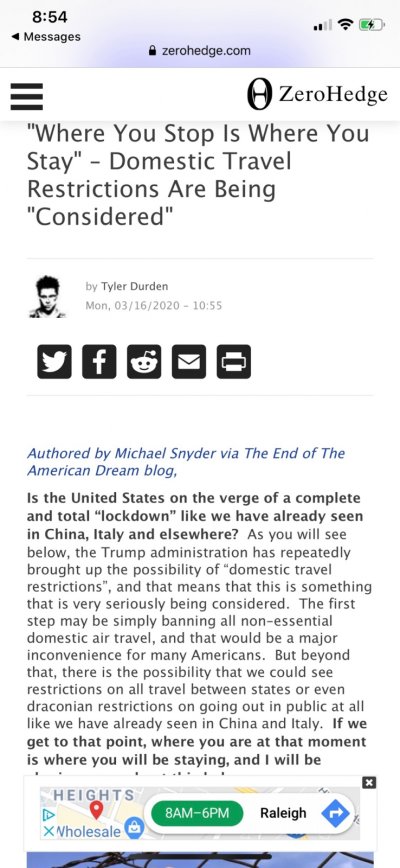Excellent information. I hadn't thought about the oxygen saturation, which is easy to check with a fingertip pulse oximeter. I normally only bring mine when I'm in the mountains, but it could prove useful here. They're not that expensive, and might be a good thing to order if you don't have one.
https://www.amazon.com/s?k=pulse+oximeter&crid=387AM0BR7DPZ9&sprefix=pulse+oxi%2Caps%2C177&ref=nb_sb_ss_i_1_9
https://www.amazon.com/s?k=pulse+oximeter&crid=387AM0BR7DPZ9&sprefix=pulse+oxi%2Caps%2C177&ref=nb_sb_ss_i_1_9

